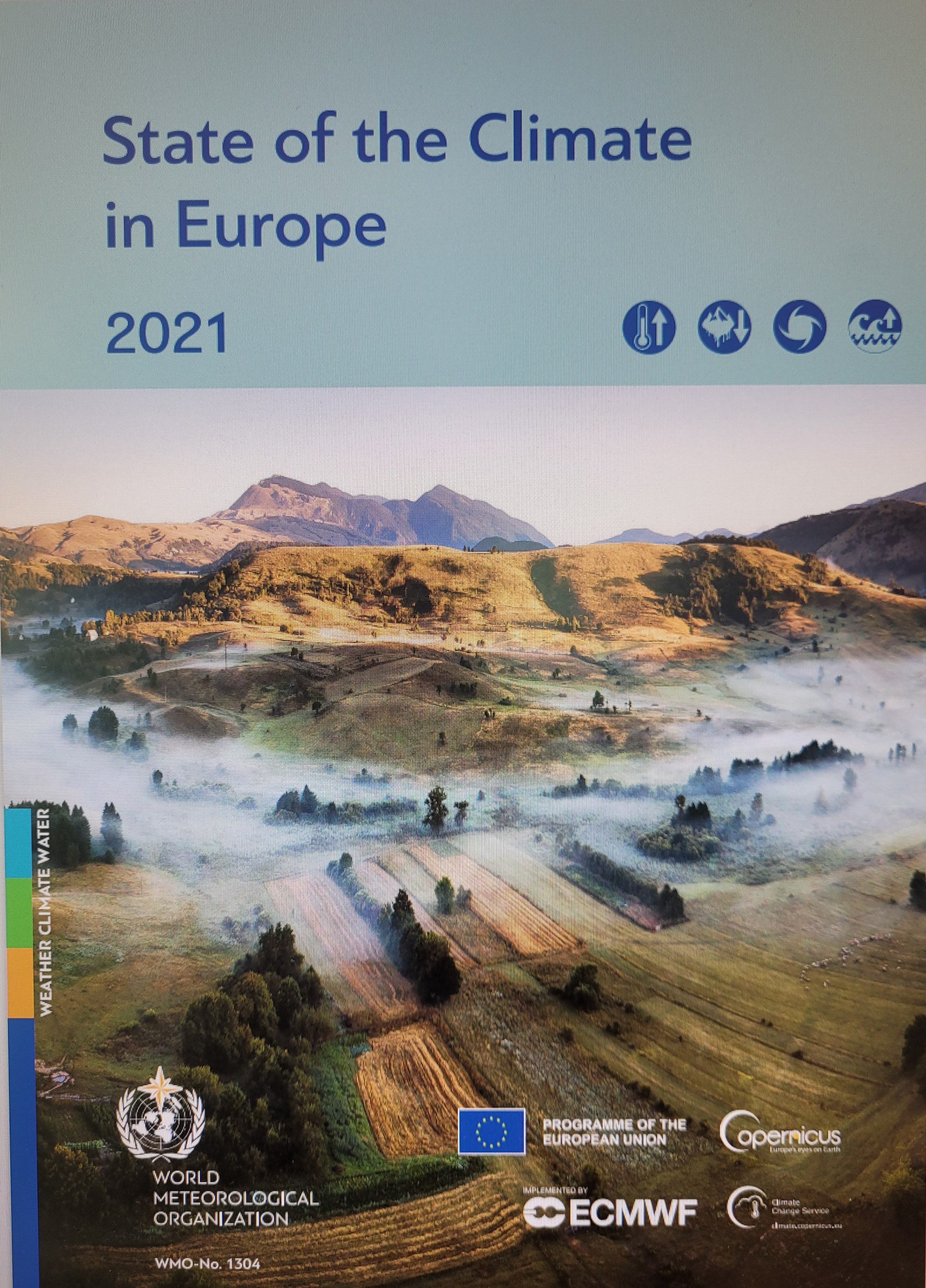Regional science-based policy report on the 2021 State of Climate in Europe has been released to benefit the Member states
The first edition of the 2021 State of the Climate in Europe report saw the light of day on November 2.
This science-based policy report is a joint publication of the Copernicus Climate Change Service of the European Commission and the World Meteorological Organization. However, it would not be possible without valuable contributions of the WMO Regional Climate Center, National Meteorological and Hydrological Services, and UN Agencies, such as UN Economic Commission for Europe, UN Disaster Risk Reduction, UN Childrens Fund, Food and Agriculture Organization and World Health Organization.
A significant number of experts representing institutions at national, regional and global level contributed to this report that will benefit an even greater number of people, institutions and businesses from both the public and private sectors.
This collaborative publication highlights the partnership to foster climate action and provides an annual monitoring of the climate indicators, with messages on impact, risks and actions.
Connections between the global climate and the Sustainable Development Goals (SDGs) go far beyond Goal 13 for climate action. Each of the seven climate indicators addressed (surface temperature, ocean heat content, atmospheric carbon dioxide concentrations, ocean acidification, sea level rise, glacial mass balance and sea ice extent) pose significant risks to 13 of the 17 SDGs.
The State of the Climate in Europe report will facilitate the development and implementation of the UN Sustainable Development Cooperation Framework providing guidance to the governments and development agencies, as they plan, finance, deliver and evaluate their support to countries in achieving the Sustainable Development Goals (SDGs), typically over a five-year cycle.
The risk and impact related key messages of the report, as well as adaptation and mitigation actions, will help institutions for planning purposes and decision-making, as the main economy sectors at risk are identified with projections for next years and actions to be taken are proposed. The report is also a tool for negotiations while approaching financial mechanisms.
A lunch event was organized on the occasion of the report release at the WMO Headquarters. High level representatives of the Member states, regional and UN agencies joined the launch event to highlight the importance of partnerships to address climate change, extreme events and disaster risk reduction towards achievement of sustainable development goals.
Click HERE to get the PDF version of the report. An interactive Story Map is also available HERE.
Click HERE to watch the event and listen to the high level statements of the UN and EC agencies as well as high level governmental representatives, such as ministers, deputy ministers and ambassadors.

